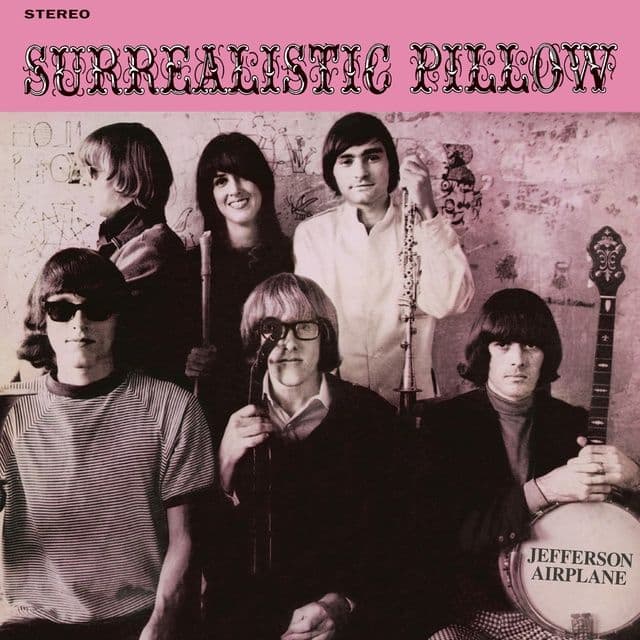
A Psychedelic Trip Through Wonderland: When Jefferson Airplane Asked, “Feed Your Head” in “White Rabbit.”
“White Rabbit,” a defining anthem of the psychedelic era, beautifully encapsulates the exploration of altered states of consciousness and the questioning of societal norms that characterized the 1960s counterculture, all filtered through the lens of Lewis Carroll’s fantastical “Alice’s Adventures in Wonderland”. Released in 1967 as a single and featured on their seminal album “Surrealistic Pillow,” this groundbreaking track reached number eight on the Billboard Hot 100, becoming one of Jefferson Airplane’s most iconic and enduring songs. The album “Surrealistic Pillow” itself was a landmark achievement, reaching number three on the Billboard Top LPs chart and solidifying the band’s place as pioneers of the San Francisco Sound. The song’s meaning is a metaphorical journey into the realm of altered perception, using imagery from “Alice in Wonderland” to symbolize the expansion of consciousness through psychedelic experiences and the questioning of established realities, ultimately urging listeners to “feed your head” with new ideas and perspectives. It transforms a literary inspiration into a hypnotic and thought-provoking psychedelic rock anthem.
Imagine the swirling colors and mind-bending visuals of the late 1960s, the air thick with incense and possibility, and the sound of Grace Slick’s commanding voice, both ethereal and powerful, leading us down the rabbit hole in “White Rabbit.” Her captivating presence and the band’s innovative sound perfectly captured the spirit of the time. Featured on the groundbreaking album “Surrealistic Pillow,” this track wasn’t just a song; it was a sonic journey, a cultural touchstone that resonated deeply with a generation seeking new ways of understanding the world. The song’s mesmerizing crescendo, building from a quiet, almost childlike melody to a powerful, driving force, mirrors the intensifying effects of a psychedelic experience. The allusions to characters like Alice, the Caterpillar, and the Red Queen serve as potent metaphors for the disorientation and altered perceptions encountered in these states. Slick’s confident and enigmatic delivery, combined with the band’s innovative use of modal scales and Spanish-tinged guitar work, created a sound that was both unique and deeply evocative of the era’s experimental spirit.
The story behind “White Rabbit” is deeply intertwined with Grace Slick’s own experiences and her fascination with Lewis Carroll’s works. She had previously performed the song with her former band, The Great Society, before joining Jefferson Airplane. The lyrics were directly inspired by “Alice’s Adventures in Wonderland” and its sequel, “Through the Looking-Glass,” using the fantastical imagery as metaphors for the altered states of consciousness often associated with psychedelic drug use. Slick’s intention was to create a song that reflected the curiosity and the questioning of reality that these experiences could induce. The song’s concise structure and its powerful build-up were deliberate choices to create a sense of a journey or a trip, mirroring the unfolding of a psychedelic experience. Its impact was immediate and profound, solidifying Jefferson Airplane’s status as a leading voice of the counterculture movement.
For those of us who remember the era of exploration and questioning, the search for new perspectives and the expansion of consciousness, Jefferson Airplane’s “White Rabbit” evokes a sense of potent and mind-bending nostalgia. It reminds us of a time when boundaries were being pushed, and new ways of seeing the world were being explored, often through the lens of art and music. Grace Slick’s powerful voice and the song’s hypnotic progression offer a moment of shared cultural memory, a comforting acknowledgment of a time when the very fabric of reality seemed open to interpretation. It remains a groundbreaking and iconic track, a quintessential expression of the psychedelic era’s spirit of exploration and the enduring power of art to reflect and shape cultural consciousness.